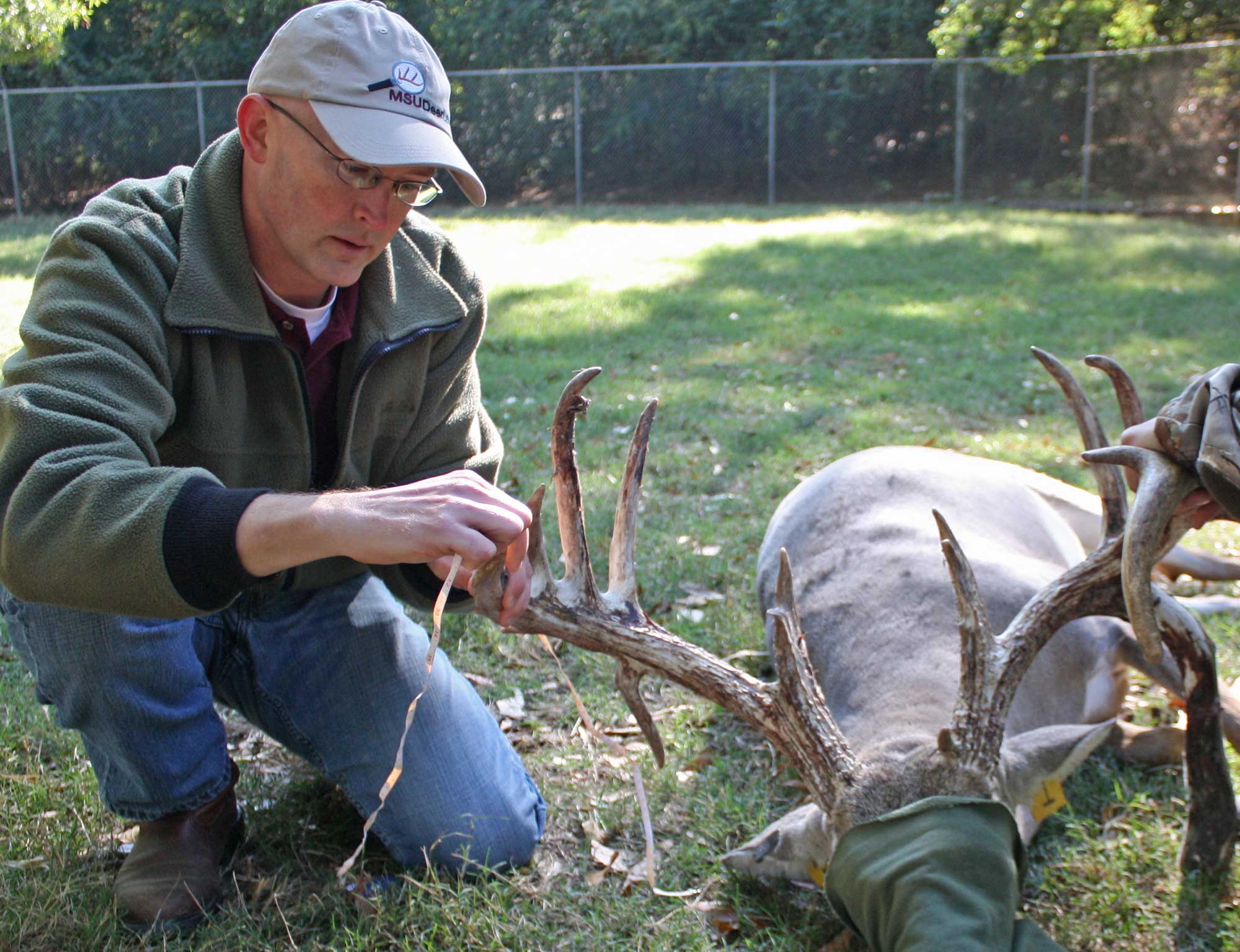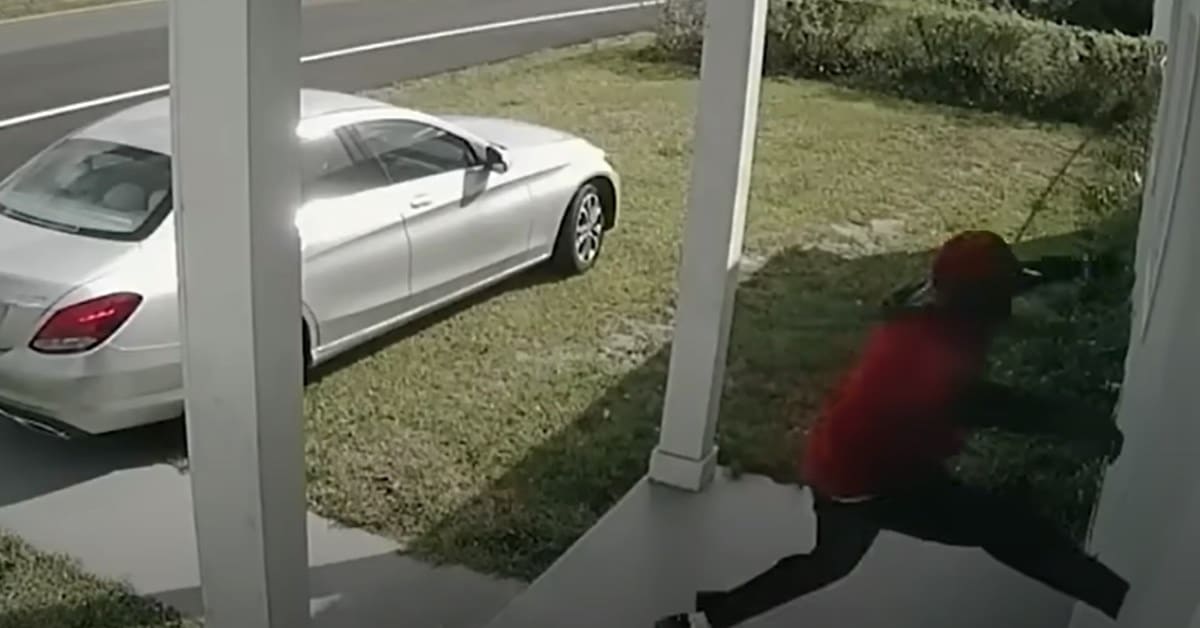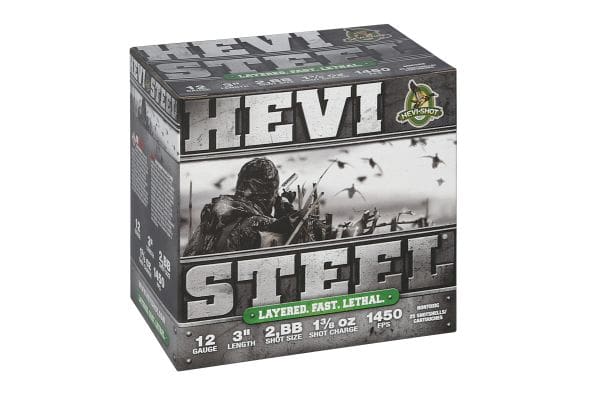At this point in the deer season, all serious whitetail hunters have two important questions to answer: When will that target buck move? And where will he go?
To answer these questions, we can use recent and historic trail camera data plus traditional woodsmanship skills and good old hunter’s intuition. But it also helps to have an understanding of the bigger picture. And for that, you can’t beat GPS collar data from Dr. Bronson Strickland.
Strickland is a co-director of the Mississippi State University Deer Lab, and a certified wildlife biologist. Through the Deer Lab, he conducts research that’s important for deer science but also has management and hunting implications.
As part of that research, he and his team attached GPS collars to 60 different bucks over the course of 2 years. Those bucks ranged in age from 2 years old to 6 years old with most being 3, 4, and 5.
I recently interviewed Strickland on the Outdoor Life podcast to discuss some of their research highlights, and how you can use their findings to hunt more effectively this fall.
When it Comes to Avoiding Hunting Pressure, Bucks Have No Rules
One of the things Strickland analyzed was how bucks respond to hunting pressure. He was hoping to find some hard and fast rules like: when pressure ramps up, older bucks go to swamps or heavy cover.
But that is not what the data showed.
“What we essentially learned was that the only pattern with bucks and how they respond to pressure is that there is no pattern,” Strickland says.
There was no trend in bucks favoring a specific type of habitat or terrain, as each buck acted uniquely to avoid hunters.
“Every individual buck determines where it can go when hunting pressure begins, and it’s every buck for himself,” Strickland says.
The only pattern was that bucks do in fact change their habits and patterns to avoid hunters.
Bucks Show Up Later
Strickland says that while bucks didn’t necessarily go “nocturnal” as hunting pressure ramped up, they saw that bucks tended to arrive later (in the afternoon and evening) in areas where hunters were present.
“We literally saw this consistent decline week by week, month by month, that the arrival time of bucks to food plots, where they would be observed by hunters, was getting later and later,” Strickland says. “During archery season they might be arriving 30 minutes to an hour before sunset, and when you got into that last month of the season they were essentially arriving at sunset and most of them arriving after sunset.”
This is likely one of the reasons why the first time you hunt a stand is usually your best chance to kill a mature buck out of it — there hasn’t been hunting pressure in that area yet, so bucks are showing up there during daylight.
Bucks Pattern Us
Photo courtesy of Bronson Strickland
Oftentimes when hunters aren’t seeing a target buck from the stand or in camera photos, they assume that he’s gone. But Strickland’s GPS data showed that bucks will still stick to a core area even when hunting pressure ramps up. They just go to the spots that we aren’t disturbing or contaminating with human scent.
“Just like we pattern a buck, those bucks are patterning us,” Strickland says. “When we are doing the same ritual weekend after weekend, deer figure that out. They know where we are at and where we are hunting and they avoid those areas.”
Bucks Have Predictable Movement Patterns Year to Year
Strickland observed two distinct types of buck “personalities” when it came to annual movement patterns. The first was a homebody-type pattern, and these bucks didn’t drastically change their home range from summer to fall. The second was a mobile personality, in which the buck’s summer home range did not even overlap with its fall/winter range. About 33 percent of the bucks in the study had this type of mobile personality, and their movement patterns stayed consistent year to year.
In other words, if last fall you observed a buck arrive in a certain area during a specific window (and you know he’s alive this season), it’s likely that he’ll show up in the same general area again this year. On the flipside, if you observed a summer buck disappear after shedding his velvet last year, he’s likely going to disappear from the property again this fall.
For the homebody-type deer, “they’re going to be around,” Strickland says. However, within their core range they might shift their patterns and movement to avoid your hunting pressure.
Bucks Can Have Lots of Bedding Areas
In much of the South and Southeast, it’s very difficult to pinpoint a singular buck’s bedding area. That’s because bucks will have several bedding areas, and they will typically bed in a variety of spots within those areas.
“[In the Southeast] We just see that bucks are using so many different beds throughout the year and it is very difficult in our landscape to think that a particular buck is bedded ‘here’”.
That makes it hard to accurately guess where any given buck is bedding on any given day, but it also creates a great opportunity for private land managers to create prime bedding areas on their properties. If you have a high degree of confidence about where a mature buck is bedding, hunting him gets a whole lot easier.
Read more about how to create prime bedding habitat and hunt that cover here.
Bucks Still Hit Food Plots During the Rut, But Not to Eat
As part of their research Strickland and his team analyzed how often bucks visited food plots during the rut, and how long they stayed at those plots. They found that rutting bucks were hitting food plots to check for does in heat, not to feed.
“Buck visitation to food plots increases during the rut, but what’s interesting to me is that the purpose is not to eat,” Strickland says.
For hunters, this means changing up your strategy around food plots during the rut. Rather than hunting the middle of a plot or a corner of it, it might be more effective to hunt a main trail that is downwind of the food plot.
Then, in the late season, switch back to hunting the food plot itself as bucks are trying to replenish lost weight at that time.
Read Next: What Do Deer Eat?
Final Thoughts on Buck Movement
If you haven’t been able to get on a good buck this season, don’t be afraid to switch things up. Set trail cameras and tree stands in new locations, hunt at different times, and target new types of cover. Do anything to break your traditional routine, because it’s likely that the bucks in your area have you patterned.
“Unless you know the buck died … he is most likely going to be back [this fall] and you need to start thinking about, ‘if I screwed it up last year with the way I hunted him, what can I do this year that’s going to be a little different,’” Strickland says.
Read the full article here




